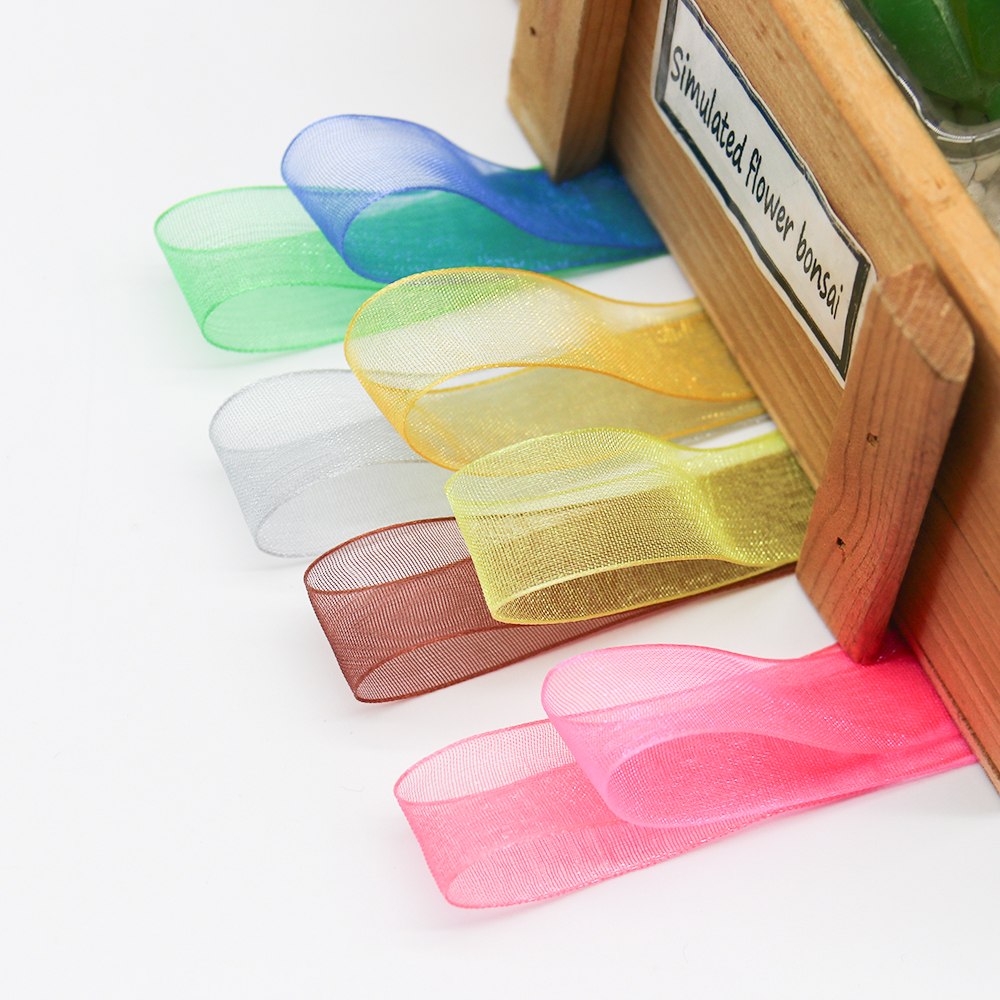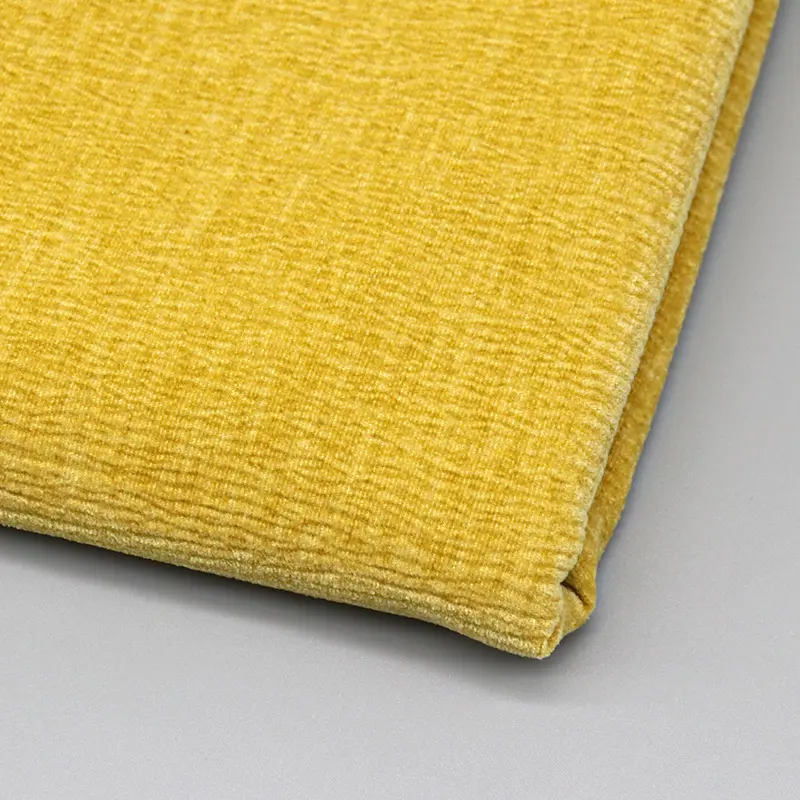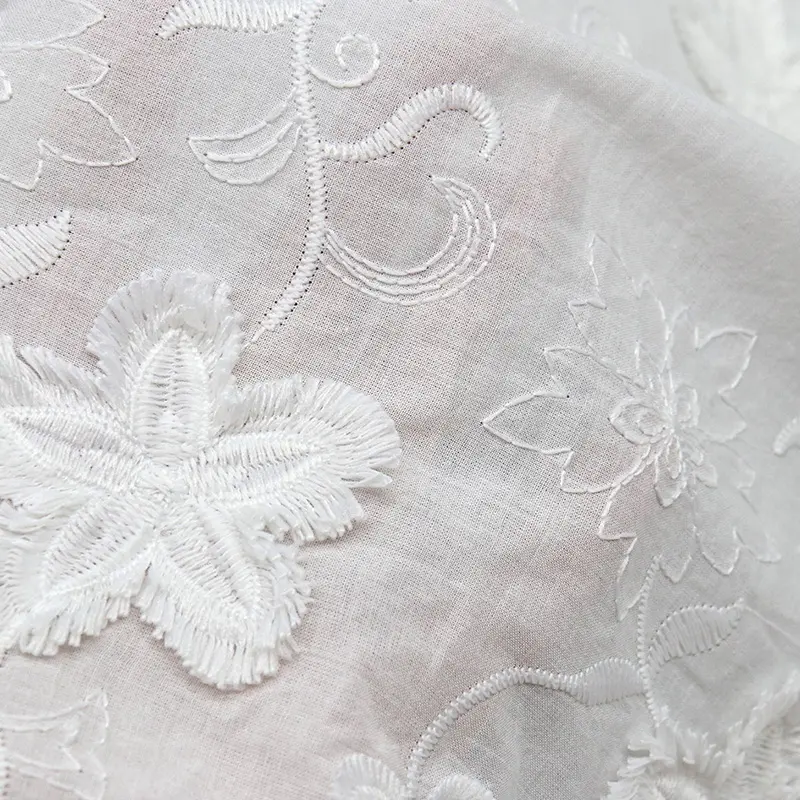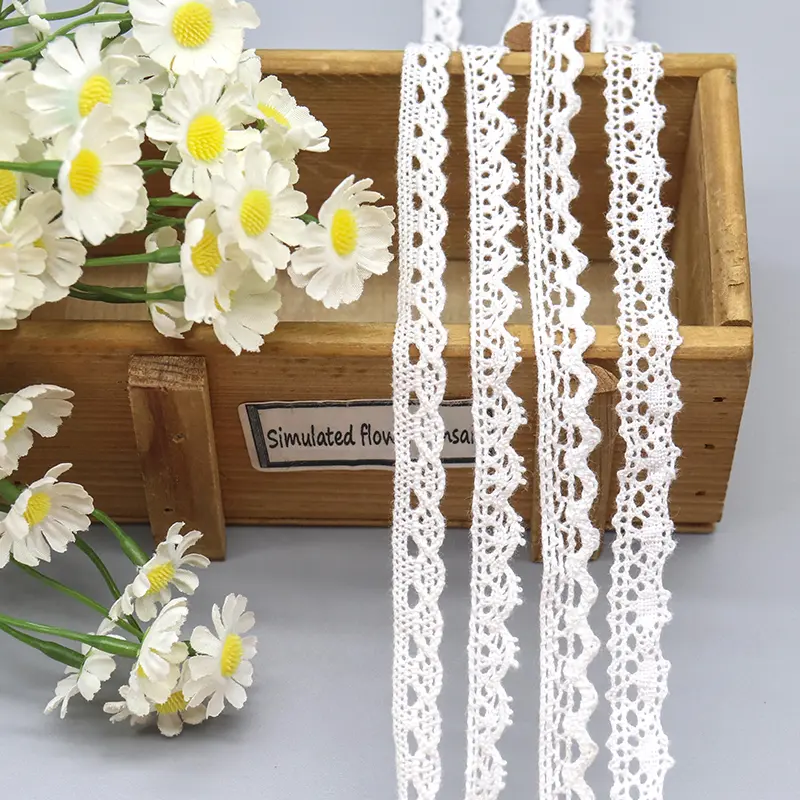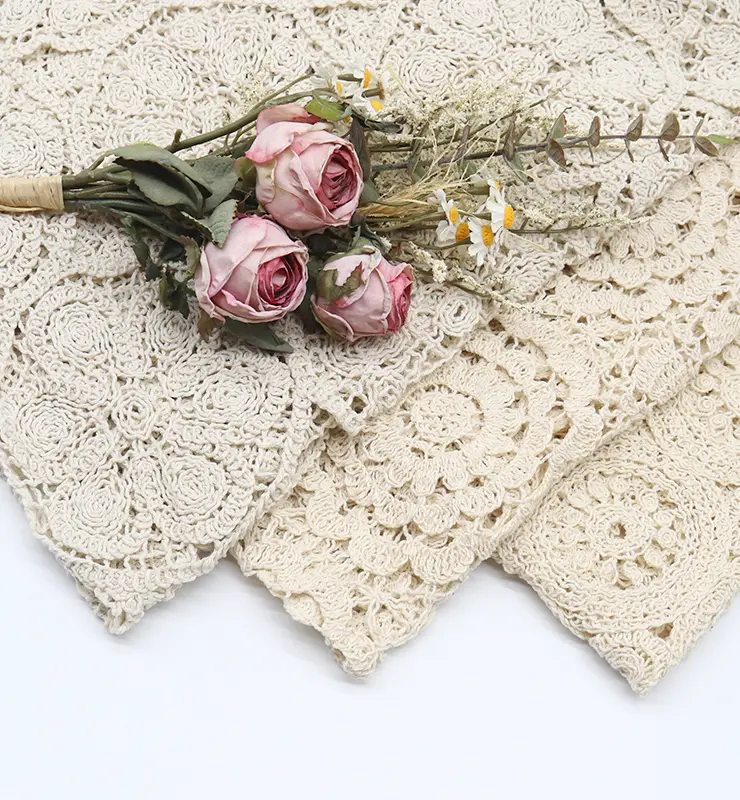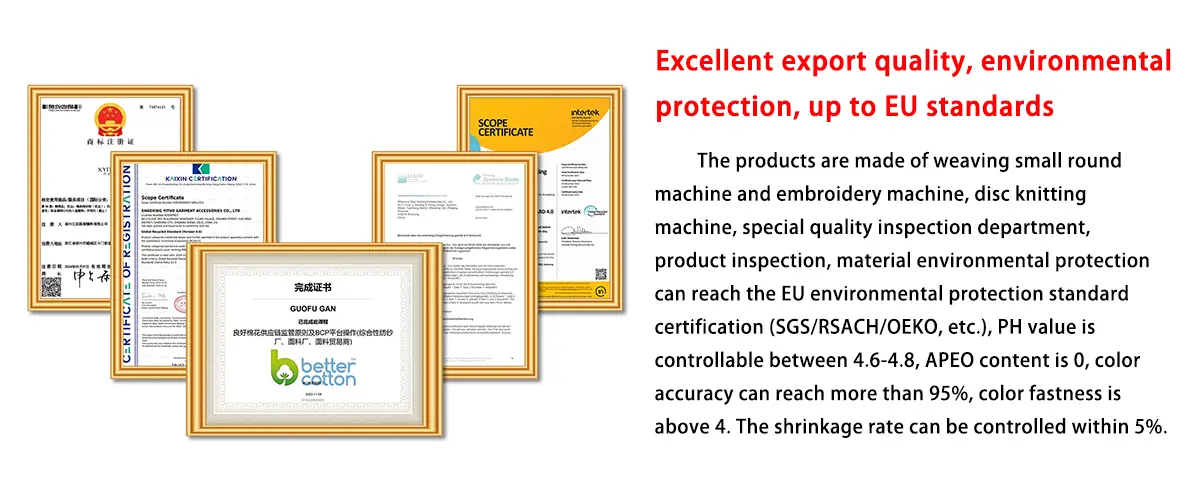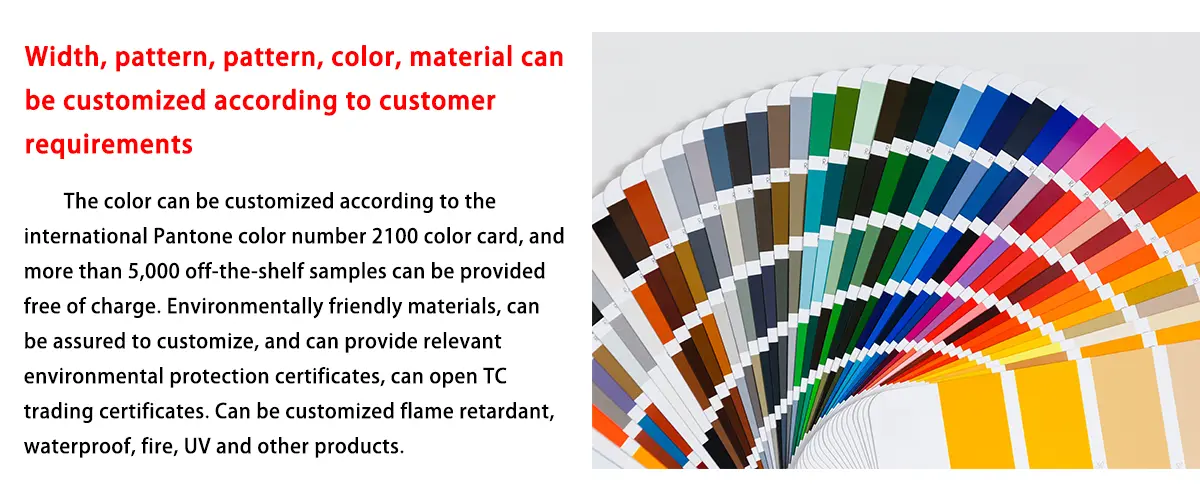How to Choose Soft Chenille Fabric? A Comprehensive Guide (2025 Update)
Choosing the right furniture fabric is not only about aesthetics, but also affects comfort and durability. In recent years, soft Chenille Fabric has become increasingly popular among households and designers due to its soft texture and attractive appearance. So, which type of soft chenille fabric suits your home style? How can you choose without making mistakes? This article will answer all your questions.
What is Soft Chenille Fabric? What types of furniture is it suitable for?
Soft chenille fabric is a type of furniture upholstery with an especially soft touch and a slightly velvety surface, giving it a “high-end” appearance. It feels somewhere between a towel and velvet, providing a warm and comfortable experience. Because of its attractive look and skin-friendly qualities, it is particularly suitable for sofas, bean bag chairs, cushions, and headboards—furniture pieces that come into contact with the skin and emphasize comfort.
What are the differences between Soft Chenille Fabric (such as polyester, cotton, and blends)?
Simply put, different materials determine the "temperament" of soft chenille fabric:
Polyester: more resistant to wear and dirt, easy to care for, suitable for households with children or pets.
Cotton: feels the most natural and soft, has good breathability, but gets dirty easily and is not very wrinkle-resistant.
Blended Fabrics: combine the advantages of both—softness as well as a certain degree of durability—making them a relatively "safe" choice.
How can you assess the durability and ease of cleaning of Soft Chenille Fabric?
You can pay attention to a few factors when choosing:
Fabric thickness and weight: Heavier fabrics are usually more durable.
Whether it has stain-resistant treatment: Some soft chenille fabric have a "stain-resistant coating" or "easy-clean technology," so you don't have to worry even if you spill coffee.
Cleaning method: Some require dry cleaning, while others can be wiped clean or machine washed. Be sure to check the label before buying!
Which colors and textures can enhance your home’s style?
Soft chenille fabric has a natural sheen, and with its three-dimensional weaving, choosing the right color can instantly elevate the look of your furniture:
Want a sophisticated vibe? Go for saturated colors like dark green, burgundy, or royal blue.
Prefer a softer style? Beige, smoky gray, or light pink are very soothing.
Looking to mix and match? Try matte fabrics with metal legs, or high-pile fabrics with wooden frames—the results are stunning!
How should different furniture styles be matched with Soft Chenille fabric?
How should different furniture styles be matched with Soft Chenille fabric?
| Furniture Style | Recommended plush fabric. | Color Matching Suggestions | Cleaning method |
| Nordic style sofa | Micro-fleece blend fabric | Gray + Wood Color | Dry cloth wiping / spot cleaning |
| French armchair | High-density cotton fleece fabric | Milk white, soft pink | Dry cleaning or professional care |
| Modern modular sofa | Polyester short plush | Charcoal gray, turmeric yellow | Preferred to be washable and detachable. |
| Children's room small sofa | Antibacterial blended fabric | Sky blue, bright yellow. | The best anti-soil coating fabric. |
Is the price of Soft Chenille fabric expensive? How can I buy it more cost-effectively?
The secret to high cost performance: it's not about being more expensive, but rather the most important thing is balancing material, purpose, and cleanliness!
Budget Recommendation Reference:
| Usage frequency | Recommended budget range (¥/meter) | Material Recommendation |
| Daily High Frequency (Living Room) | 80 - 150 | Polyester, stain-resistant blended fabric |
| Occasional use (study, corner of the bedroom) | 50 - 90 | Cotton or blended fabric |
| Decorative (cushions, seat pads) | 30 - 70 | You can choose appearance-prioritized fabrics. |
FAQ
- Although both Soft Chenille and Velvet appear soft and glossy, they actually have distinct differences in their weaving methods and textures.
Chenille is woven from yarns that look like little “caterpillars,” giving it a fluffier feel and thicker texture; it feels like a combination of towel fabric and plush yarn, leaning towards a “cozy and relaxed” style.
Velvet uses traditional cut-pile techniques, resulting in finer, smoother fibers with stronger luster for a more “elegant and luxurious” vibe.
In short: if you want something homey, more wrinkle-resistant, and durable, choose Chenille; if you prefer a smooth, glamorous touch, go for Velvet.
- Yes, it is! Don’t be put off by the word “Chenille”—soft chenille fabric is actually quite breathable.
Especially those made from short-pile or blended chenille materials;
they won’t feel stuffy when you sit on them in summer and can even absorb moisture and wick away sweat.
Of course, if you live in a hot and humid southern climate, you can choose slightly thinner and lighter-colored styles for an even fresher experience.
- Yes, but you need to choose the right type! If you have cats or dogs at home, it’s recommended to select the following types of Chenille:
Polyester or blended materials: more resistant to scratching, stains, and wear.
Short pile or low-loop surfaces: reduces the risk of hair tangling and claws snagging.
Stain-resistant options: such as “easy-clean” series that can be wiped clean easily.
Friendly tip: Dark or neutral-colored Chenille is more stain-resistant and visually durable, especially suitable for homes with multiple pets.
-
High-quality chenille generally doesn’t shed much, but if you buy low-quality fabric with loosely woven fibers, it’s prone to pilling and sagging. There are three ways to check:
Gently pull the surface with your hand to see if any fibers come off;
Scrape back and forth with a coin to see if pilling occurs;
Pay attention to the brand and reviews, and avoid “three-no” generic brands.
If you choose the right brand and take care of it properly, soft chenille fabric is actually very durable and gets even more comfortable over time.
- Cleaning is actually not complicated:
Regularly use a vacuum cleaner with a soft brush attachment;
If there are stains, gently wipe with a slightly damp towel and a small amount of neutral detergent;
Every few months, you can use a fabric cleaning spray for maintenance.
Note: Most chenille fabrics are not recommended to be machine washed or scrubbed vigorously, to avoid damaging the texture or deforming the fabric.


